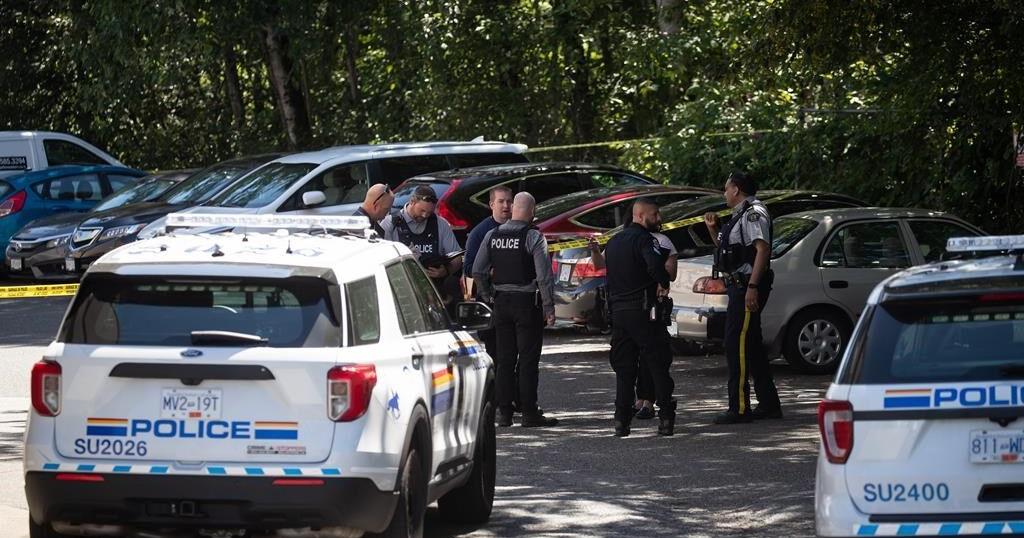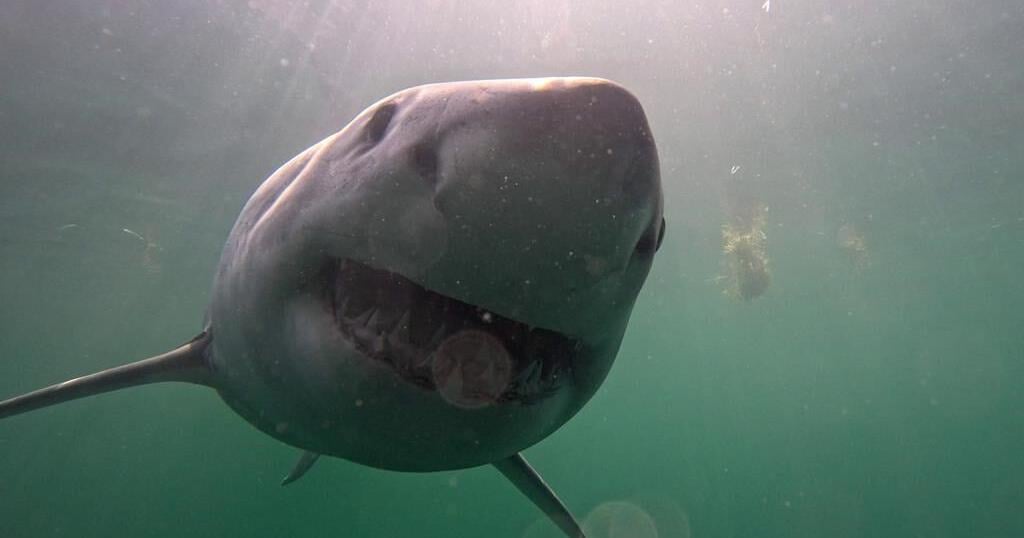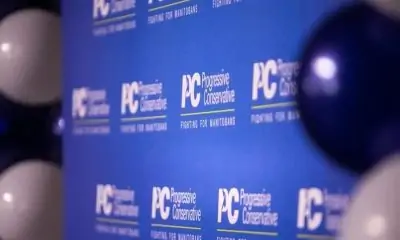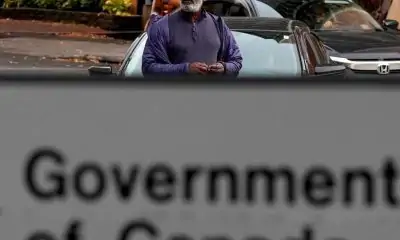Mounties have dismantled what they say is the largest, most sophisticated illicit drug “superlab” in Canada that had been acting as a “supermarket” for organized crime.
Police say the lab mass produced and distributed the powerful opioid fentanyl and methamphetamine across Canada and internationally.
David Teboul, assistant commissioner with the RCMP’s Pacific region, told a news conference Thursday that dismantling the lab “undoubtedly saved thousands of lives in Canada and abroad.”
“I cannot understate the sophistication … that our investigators have noted in this particular lab,” he said.
Its size, the type of equipment used and the nature of the drug recipes, including a recipe used by a Mexican cartel, indicate how advanced this lab was, Teboul said.
“This brought the level of sophistication of this operation to an unprecedented level, certainly in Western Canada, if not the entire country.”
Officers served search warrants last week on the drug lab in Falkland, B.C., in the southern Interior, and associated locations in Surrey, in Metro Vancouver.
Police say they seized 54 kilograms of fentanyl, “massive” amounts of precursor chemicals, 390 kilograms of methamphetamine, and smaller amounts of cocaine, MDMA, and cannabis.
At the Surrey locations they found a total of 89 firearms, including handguns, AR-15-style rifles and submachine-guns as well as small explosive devices, ammunition, silencers, high-capacity magazines, body armour, and $500,000 in cash.
Teboul said the lab was set up to continue to produce drugs without having to refuel on chemicals for weeks, if not months.
“This place that our investigators took down was a supermarket for organized criminality enterprises,” he said.
Teboul said the drugs in this case were not destined for the U.S. market, but were being sent internationally. He would not say where while the case is still being investigated.
He said criminals in situations such as this are highly sophisticated and have changing allegiances.
“This is all about making money. These are individuals who operate by way of convenience and opportunities, and they’re not necessarily associated to one particular group that wears funny patches on their backs or these kinds of things,” he said.
Investigators say a suspect, Gaganpreet Randhawa, was arrested and is in custody facing six drug and firearms-related offences. Teboul said more arrests are possible.
He said environmental mitigation and cleanup of the lab will cost at least $500,000 and could be “significantly higher.”
Fentanyl is a main ingredient in much of the toxic illicit drugs that have killed nearly 48,000 people across the country between January 2016 and March 2024, according to the federal government.
This report by The Canadian Press was first published Oct. 31, 2024.





















